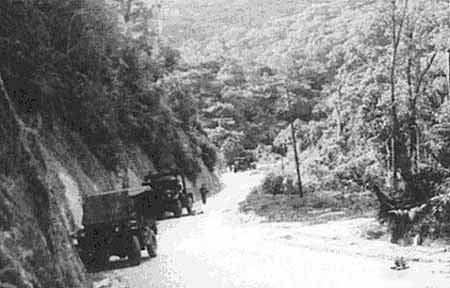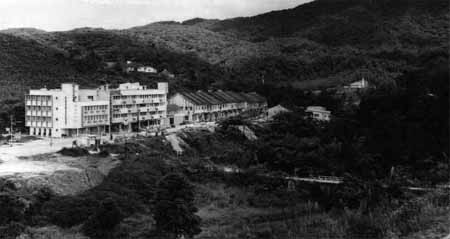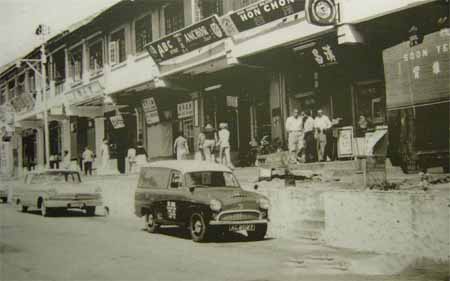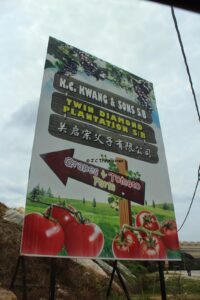History Of Cameron Highlands
Cameron Highlands History
Cameron Highlands was founded in 1885 by William Cameron which was eventually having the area named in his honor. William Cameron, a British colonial government surveyor, accompanied by his companion, Kulop Riau, went on a mapping expedition of the Titiwangsa Range. In the expedition, they used elephants to carry them for months on a journey to explore the Titiwangsa Range. They started their adventurous tour from Tanjung Rambutan and started to trace the Kinta River to its origin. They then went through the Titiwangsa Range in the southeasterly direction.

Not long after that, they stood on the summit of Mount Pondok Challi. Cameron reported that he saw a plateau, of an elevation of 4,400 to 4,500ft, at an altitude of ~6000ft (1,800m) above sea level and the temperature falls between 8C and 25C. But Cameron failed to mark his find on the map. In the 1920s, the location of the plateau was finally confirmed by a consensus of reports from subsequent expeditions. That’s how Cameron Highlands was discovered. It was not fully developed until 1925 when it was then proposed by Sir George Maxwell as a hill resort.
The fame of Cameron Highlands then grew during the colonial era when British planters realized the potential of its fertile mountain slopes for growing tea, then a prized commodity. In 1929, John Archibald Russell, who was the son of a British administrative officer started a tea plantation which is now the famous Boh Tea Plantation. The Cameron Highlands is still home to many tea plantations, being Malaysia’s largest tea-producing region. The area is also known as a major supplier of legumes and vegetables to both Malaysia and Singapore with its many farms and is one of Malaysia’s prime tourist destinations.

During the colonial era, Cameron Highlands mountain resort was a haven for the British who were stationed in Malaya. It provided relief from the hot and humid tropical climate. With its temperate climate, a number of them decided to make it their retirement home, setting up bungalows and mansions.
Days are spent pruning roses, tending to strawberries, sipping English tea, and of course, for a little more social mingling, they would head over to Mr. Foster¡¯s Tudor-styled Smokehouse.

The British military had a large presence in Tanah Rata. There was, of course, the Emergency period during the 1960s when the ragtag communist army tried to destabilize and take over the country. By 1971, the British Army former military hospital has now become a Roman Catholic convent. It still stands on the hill overlooking the main street.
If you think the present 60km of the twisting road leading from Tapah is difficult to negotiate, imagine how the pioneers of yesteryears carve up the road by using only oxcarts in the 1930s!

From the historical point of view, here are some of the many events that had taken place from its humble beginnings in Cameron Highlands.
From 1896-to 1902, the narrow path to the Highlands was widened and improved. Meanwhile, further surveys were carried out to identify the actual plateau of this area. In 1925, Sir George Maxwell visited the highlands and decided the present Tanah Rata and Brinchang area would be developed into a Hill Station. Between 1926-and 1931, areas were zoned accordingly reserving them for their various functions such as Agriculture Department, Township, and Residential Sites, Areas of Service, National Park, General Administration, and Recreational Areas.
After the Japanese occupation, there was further interest to develop Cameron Highlands, but progress was hindered in the 1960s due to the communist insurgency, a period known as the Emergency. When the fierce fighting was declared over, the Hill Station was carefully developed into a popular resort. Even now, much development is still in progress, though nowadays the development seems rather haphazard resulting in various environmental damage.
Still, without a doubt, Cameron Highlands is still the most refreshing compared to the other highlands around Malaysia.
Share with your friends if you like this post. Tell us your opinion in the comment below.
Discover more from Sweet Corn Specialist at Cameron Highlands, Malaysia
Subscribe to get the latest posts sent to your email.


